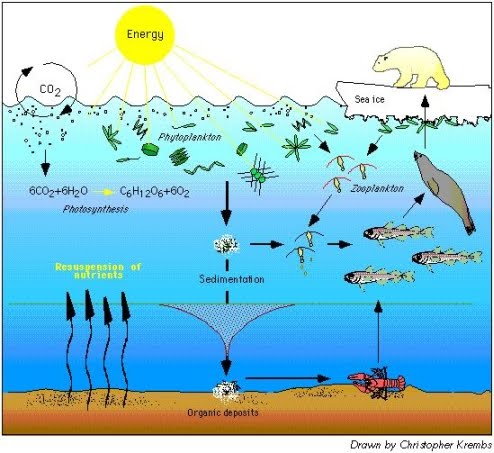Everyday, you eat, sleep, laugh, and learn. What are these actions called? Of course, they're called release agents! Release agents are everywhere! They can be volcanic activity, forest fires, and human movements. Before we get any further, let's understand what release agents are. We all know that there is a carbon cycle, and the cycle consists carbon sources, carbon sinks, and release agents. The carbon sources are the ones which start it, the sinks are the ones which tell us where the carbon will likely be released, which means the release agents must be the last part of the cycle. These release agents are the workers which trigger the carbon sources. An example of a carbon source, is jump roping. In order, to jump rope we have to jump up and down, and swing the rope at the same time. We have to get the correct rhythm in order to jump over the rope successfully. These motions that you are doing are all human activity. In other words, they are release agents.
We know jumping rope is a release agent, but how about making tiny moves? Do they count as a release agent? Of course. One example is make a heart with you hands. You have to move and form both hands into a heart shape in order to do it, which means it is also part of human activity. As you can see, even little motions like making a peace sign, or even smiling are actually release agents.






